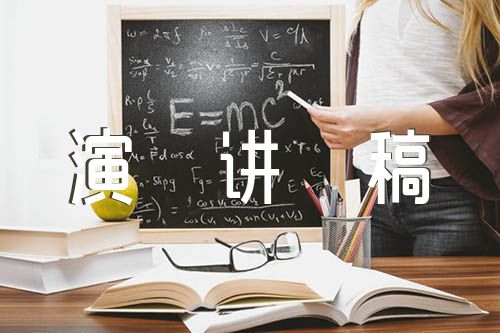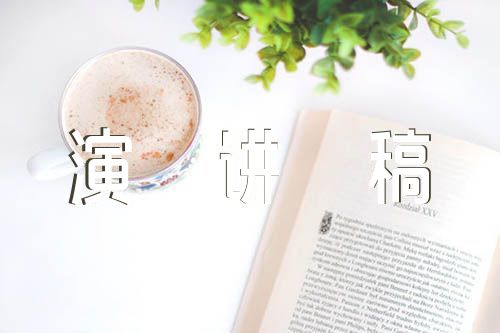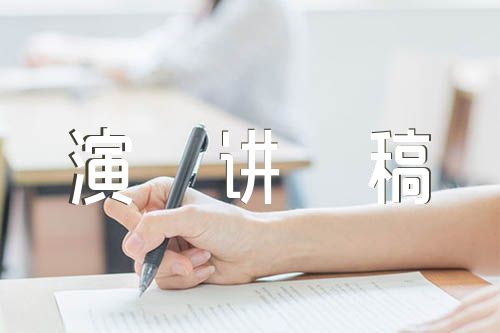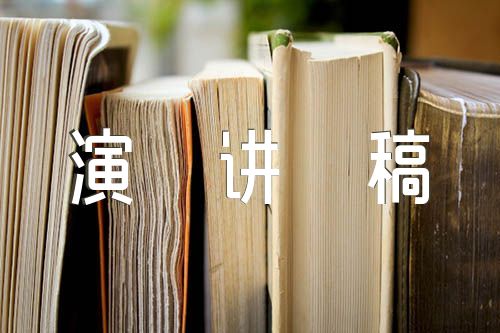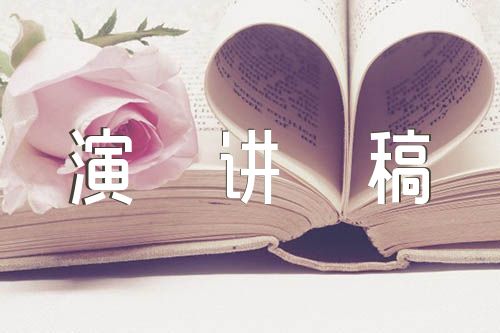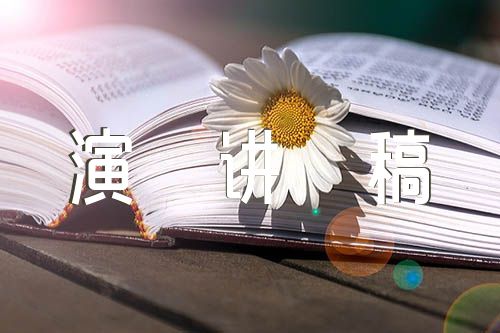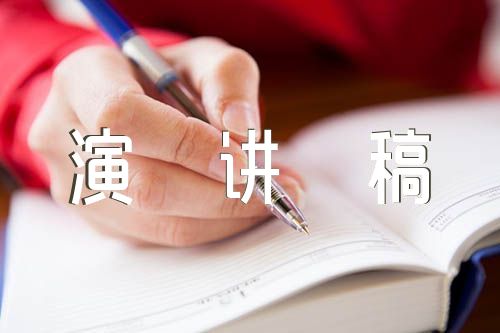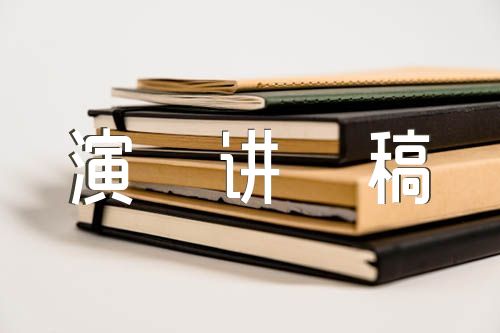good morning, my fellow students. i am very glad to give you a speech about stress.
psychologist tell us that stress is a state of worry caused by the problem of living , such as too much work or study , heavy responsibilities , and quickened pace of life .statistics show that stress comes from every detail in our life. financial problems, poor health, being laid off, may be the stress that most adults now suffering. as students in the university, we are also under our special stress. such as passing the college english test band four. and the things make us felt stressed may be our parent’s greater expectations on us that we could not reach. later, when we are likely to graduate, some other problems will also annoy us. as i see it, we will worry a lot about our ability to compete in the job market and how to use what we’ve learned at college in our future job. the chief problem we should face to is our attitude towards stress .people usually says they cannot live in the sun except they escape from stress. it is unwelcome! yes, however .just image a world where stress does not exist and people lead their life in a very comfortable way. but is this kind of living condition as perfect as we hope? no. without stress, we may feel very satisfied with the current life but lack of interesting to discover new things .too much stress result in nothing except a countermarch of the society. no stress, no development. so a certain amount of stress is right and necessary. it is a fact that stress really exists in the word. how to do with ourselves when stress suddenly breaks into our life? wave the white flag, give up, or just want to suicide as to put an end to everything … of cause not. we should try our best to release ourselves, such as to do sports, to take a rest and to learn to view these changes of life as challenges .it’s no use crying over spilt milk. only to accept what has happened can solve the problem. well, i have to say i was under large stress three minutes before, but now i am here and have finished my speech. here is the last thing i want to add to my topic, face to it and overcome it. stress is also a piece of cake…… 印度总理莫迪清华大学英语演讲稿 2019大学英语演讲稿(2) | 返回目录 qiu yong, president of tsinghua university, foreign minister wang yi, shi yigong, assistant president of tsinghua university, i am truly delighted to be at the tsinghua university today. you are a world class institution. you are a symbol of success of china’s education sector. you are the foundation for china’s economic miracle. you have produced great leaders,including president xi. it is not surprising that china’s economic growth and its new leadership in research, science andtechnology have taken place together. i particularly like the old chinese saying, if you think in terms of a year, plant a seed; if youthink in terms of ten years, plant trees; if you think in terms of 100 years, teach the people. in india, too, the ancient saying is vyaye krate vardhate eva nityam, vidhya dhanam sarva dhanpradhanam the wealth that increases by giving, that wealth is knowledge and is supreme of allpossessions. this is one example of how our two nations are united in their timeless wisdom. there is much more, though, that links our two ancient civilizations. i began my journey in china in xian. in doing so, i retraced the footsteps of the chinese monkxuanzang. he travelled to india from xian in the seventh century in search of knowledge and returned toxian as a friend and chronicler of india. president xi’s visit in india last september started from ahmedabad. it is not far fromvadnagar, my birthplace, but important, because it hosted xuanzang and many pilgrims fromchina. the world’s first large scale educational exchange programme took place between india andchina during the tang dynasty. records talk of about 80 indian monks coming to china and nearly 150 chinese monksreturning after their education in india. and yes, this was in the 10th and 11th century. mumbai’s rise as a port and a shipbuilding centre is because of cotton trade with china. and, those who love silk and textiles know that india’s famous tanchoi sarees owe themselves tothree brothers from my state of gujarat who learnt the art of weaving from chinese masters inthe 19th century. and, in an unquestionable evidence of our ancient trade, silk in our classical sanskritlanguage is called cinapatta. so, the centuries-old story of our relations has been of spiritualism, learning, art and trade. it is a picture of respect for each other’s civilisation and of shared prosperity. it is reflected in the human values of dr. dwarkanath kotnis, a doctor from india, who treatedsoldiers in china during the second world war. today, after difficult and sometimes dark passages of history, india and china stand at a raremoment of vast and multiple transitions in the world. perhaps, the most significant change of this era is the re-emergence of china and india. the world’s two most populous nations are undergoing economic and social transformationon a scale and at a speed that is unmatched in history. china’s success over the past three decades has changed the character of the global economy. india is now the next frontier of the economic revolution. we have the demography for it. about 800 million people in india are below the age of 35years. their aspirations, energy, enterprise and skills will be the force for india’s economictransformation. we now have the political mandate and the will to make it happen. over the past year, we have moved with a clear and coherent vision. and, we have acted withspeed, resolve and boldness to implement it. we have taken sweeping steps to reform our policies and open up more to foreign directinvestments. this includes new areas like insurance, construction, defence and railways. we are eliminating unnecessary regulations and simplifying our procedures. we are usingdigital technology to eliminate multiple approvals and endless wait. we are building a tax regime that is predictable, stable and competitive, and that willintegrate the indian market. we are scaling up investments in next generation infrastructure – roads, ports, railways,airports, telecom, digital networks and clean energy. our resources are being allocated with speed and transparency. and, we will make sure thatland acquisition does not become a barrier to growth or a burden on farmers. we are creating the global skill pool to establish a modern economy with a world classmanufacturing sector. we are reviving our agriculture sector to restore the fortunes of our farmers and boost ourgrowth. like china, urban renewal is both a necessity and a means to add energy to our economy. we are combining traditional strategies with modern economic instruments to eliminatepoverty and create security for the poor. we have launched major schemes on financial inclusion of all, providing funds to the un-banked, and ensuring efficient and direct transfer of benefits to the poor.and, we areensuring that insurance and pension schemes reach the poorest. we have set time bound goals for providing access to housing, water and sanitation for all. this won’t just transform lives, but also generate a new source of economic momentum. qiu yong, president of tsinghua university, foreign minister wang yi, shi yigong, assistant president of tsinghua university, i am truly delighted to be at the tsinghua university today. you are a world class institution. you are a symbol of success of china’s education sector. you are the foundation for china’s economic miracle. you have produced great leaders,including president xi. it is not surprising that china’s economic growth and its new leadership in research, science andtechnology have taken place together. i particularly like the old chinese saying, if you think in terms of a year, plant a seed; if youthink in terms of ten years, plant trees; if you think in terms of 100 years, teach the people. in india, too, the ancient saying is vyaye krate vardhate eva nityam, vidhya dhanam sarva dhanpradhanam the wealth that increases by giving, that wealth is knowledge and is supreme of allpossessions. this is one example of how our two nations are united in their timeless wisdom. there is much more, though, that links our two ancient civilizations. i began my journey in china in xian. in doing so, i retraced the footsteps of the chinese monkxuanzang. he travelled to india from xian in the seventh century in search of knowledge and returned toxian as a friend and chronicler of india. president xi’s visit in india last september started from ahmedabad. it is not far fromvadnagar, my birthplace, but important, because it hosted xuanzang and many pilgrims fromchina. the world’s first large scale educational exchange programme took place between india andchina during the tang dynasty. records talk of about 80 indian monks coming to china and nearly 150 chinese monksreturning after their education in india. and yes, this was in the 10th and 11th century. mumbai’s rise as a port and a shipbuilding centre is because of cotton trade with china. and, those who love silk and textiles know that india’s famous tanchoi sarees owe themselves tothree brothers from my state of gujarat who learnt the art of weaving from chinese masters inthe 19th century. and, in an unquestionable evidence of our ancient trade, silk in our classical sanskritlanguage is called cinapatta. so, the centuries-old story of our relations has been of spiritualism, learning, art and trade. it is a picture of respect for each other’s civilisation and of shared prosperity. it is reflected in the human values of dr. dwarkanath kotnis, a doctor from india, who treatedsoldiers in china during the second world war. today, after difficult and sometimes dark passages of history, india and china stand at a raremoment of vast and multiple transitions in the world. perhaps, the most significant change of this era is the re-emergence of china and india. the world’s two most populous nations are undergoing economic and social transformationon a scale and at a speed that is unmatched in history. china’s success over the past three decades has changed the character of the global economy. india is now the next frontier of the economic revolution. we have the demography for it. about 800 million people in india are below the age of 35years. their aspirations, energy, enterprise and skills will be the force for india’s economictransformation. we now have the political mandate and the will to make it happen. over the past year, we have moved with a clear and coherent vision. and, we have acted withspeed, resolve and boldness to implement it. we have taken sweeping steps to reform our policies and open up more to foreign directinvestments. this includes new areas like insurance, construction, defence and railways. we are eliminating unnecessary regulations and simplifying our procedures. we are usingdigital technology to eliminate multiple approvals and endless wait. we are building a tax regime that is predictable, stable and competitive, and that willintegrate the indian market. we are scaling up investments in next generation infrastructure – roads, ports, railways,airports, telecom, digital networks and clean energy. our resources are being allocated with speed and transparency. and, we will make sure thatland acquisition does not become a barrier to growth or a burden on farmers. we are creating the global skill pool to establish a modern economy with a world classmanufacturing sector. we are reviving our agriculture sector to restore the fortunes of our farmers and boost ourgrowth. like china, urban renewal is both a necessity and a means to add energy to our economy. we are combining traditional strategies with modern economic instruments to eliminatepoverty and create security for the poor. we have launched major schemes on financial inclusion of all, providing funds to the un-banked, and ensuring efficient and direct transfer of benefits to the poor.and, we areensuring that insurance and pension schemes reach the poorest. we have set time bound goals for providing access to housing, water and sanitation for all. this won’t just transform lives, but also generate a new source of economic momentum. in recent years, we have deepened our political engagement. we have kept our borderspeaceful. we have managed our differences and not allowed them to impede closercooperation. we have enhanced our cooperation across the full spectrum of ourrelationship. yet, if we have to realise the extraordinary potential of our partnership, we must alsoaddress the issues that lead to hesitation and doubts, even distrust, in our relationship. first, we must try to settle the boundary question quickly. we both recognise that this is history’s legacy. resolving it is our shared responsibility to thefuture. we must move ahead with new purpose and determination. the solution we choose should do more than settle the boundary question. it should do so in a manner that transforms our relationship and not cause new disruptions. we have been remarkably successful in maintaining peace and tranquility along the border. we must continue to do that on the principle of mutual and equal security. our agreements, protocols and border mechanisms have been helpful. but, a shadow of uncertainty always hangs over the sensitive areas of the border region. it is because neither side knows where the line of actual control is, in these areas. that is why i have proposed resuming the process of clarifying it. we can do this withoutprejudice to our position on the boundary question. we should think of creative solutions to issues that have become irritants – from visa policiesto trans-border rivers. sometimes, small steps can have a deep impact on how our people see each other. we are both increasing our engagement in our shared neighbourhood. this calls for deeperstrategic communication to build mutual trust and confidence. we must ensure that our relationships with other countries do not become a source of concernfor each other. and, wherever possible and feasible, we should work together, as we did inresponding to the earthquake in nepal. if the last century was the age of alliances, this is an era of inter-dependence. so, talks ofalliances against one another have no foundation. in any case, we are both ancient civilizations, large and independent nations. neither of us canbe contained or become part of anyone’s plans. so, our partnership in international forums should not be determined by the concerns ofothers, but the interests of our two countries. china’s support for india’s permanent membership of a reformed un security council, andfor india’s membership of export control regimes like nuclear suppliers group will do morethan just strengthen our international cooperation. it will take our relationship to a new level. it will give asia a stronger voice in the world. if we are able to deepen mutual trust and confidence, we will also be able to reinforce eachother’s efforts of connecting asia with itself and rest of the world. our soldiers face each other on the border, but we should also deepen our defence andsecurity cooperation to address our many common challenges. above all, as we look ahead, we must build more bridges of familiarity and comfort betweenour people. about 33% of the world’s population is either indian or chinese. yet, our people know verylittle of each other. we must seek inspiration from the pilgrims of the ancient times, who braved the unknown insearch of knowledge, and enriched us both. so, we have decided to extend electronic tourist visas to chinese nationals. we are celebratingthe “year of india” in china in XX. we are launching the ‘provincial and state leaders forum’today. later today, we will have the yoga-taichi event. it will represent the coming together of our twocivilizations. we are starting the gandhi and india study centre in fudan university and a college of yoga inkunming. the second route to kailash mansarovar for indian pilgrims will start in june, for which i wantto thank president xi. these are just some of the many steps india and china are taking to bring the world’s twolargest populations in closer contact. for this reason, i chose to speak today at a university. because it is the youth that will inherit the future of our countries and the responsibility for ourrelationship. president xi has spoken eloquently about the inter-connected dreams of china and india andthe new type of relationship between major countries. not only are our dreams inter-connected, our future is also deeply inter- connected. we are at a moment, when we have the opportunity to make our choices. india and china are two proud civilizations and two great nations that will fulfill their destinies. we each have the strength and the will to choose our own paths to success. but, we have the ancient wisdom to know that our journey will be smoother and our futurebrighter, when we will walk together, confident of one another, and in step with each other. thank you very much and thanks for your invitation, thanks a lot.- 上一篇:竞聘演讲稿:小学校长竞聘演讲稿
- 下一篇:组织部竞聘演讲稿
- 竞聘演讲稿:小学校长竞聘演讲稿2019-07-17
- 质检员竞聘演讲稿2019-07-16
- 运动会演讲稿范文2019-07-15
- 三分钟英语演讲稿2019-07-14
- 运动会开幕式演讲稿范文大全2019-07-14
- 英语演讲稿范文(My Dream)2019-07-13
- 2019教师自我介绍演讲稿范文2019-07-12
- 教师庆祝建党95周年演讲稿范文2019-07-12
- 教师节演讲稿800字范文2019-07-12
- 关于教师信仰的力量演讲稿范文2019-07-12
- 教师立足岗位做贡献演讲稿范文2019-07-11
- 大学生纪念一二九运动演讲稿范文2019-07-11
延伸阅读


